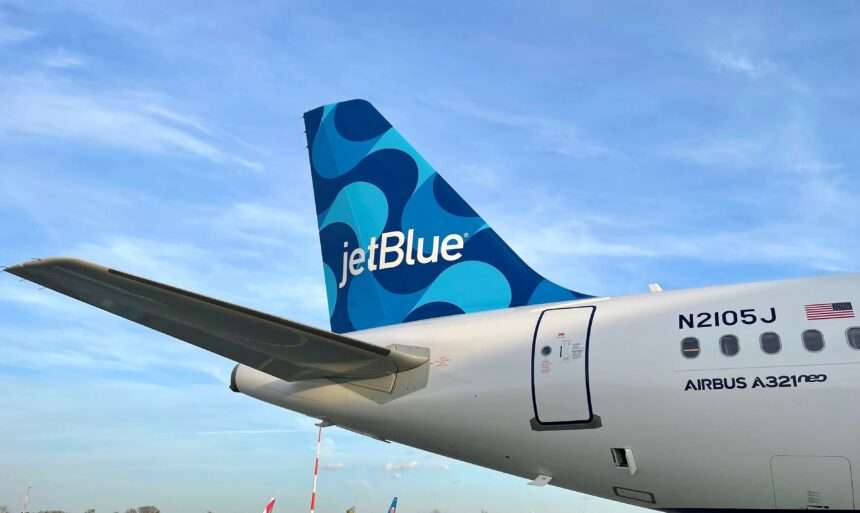A twin piston-engined charter aircraft’s forced landing on an island in the Torres Strait in October last year was likely the result of fuel starvation, an Australian Transport Safety Bureau (ATSB) final report details.
While the incident itself was fortunate in that no one was injured, it serves as a stark reminder of the critical role that fuel management plays in aviation safety.
Torres Strait – 3 October 2022
On the 3rd of October, 2022, a Torres Strait Air Britten-Norman BN-2 Islander took off from Saibai Island with a pilot and six passengers on board.
The destination was Horn Island, a routine flight that should have proceeded without incident. However, while cruising at an altitude of approximately 6,000 feet, the aircraft’s engines began to exhibit irregularities.

The pilot responded by initiating a diversion towards Kubin Airport on Moa Island, hoping to make a safe landing. Unfortunately, they were unable to reach the runway and were forced to execute a landing on a road.
[monsterinsights_popular_posts_inline]
The impact of the landing was heavy, resulting in the detachment of the rear fuselage and tail of the aircraft. Fortunately, all occupants emerged unharmed.
However, the incident triggered an extensive investigation by the Australian Transport Safety Bureau (ATSB) to uncover the root cause.

Fuel Starvation: The Probable Culprit
The ATSB’s thorough investigation revealed that the dual engine speed fluctuations and the associated power loss were likely the result of fuel starvation. This finding sheds light on a crucial aspect of aviation safety: proper fuel management.
Dr. Stuart Godley, the Director of Transport Safety at ATSB, pointed out two significant factors that contributed to this unfortunate incident.
Firstly, fuel records from earlier flights indicated that the pilot had been using the wing tip tanks even when fuel remained in the aircraft’s main tanks, a practice not in accordance with the flight manual.

Secondly, the configuration and location of the aircraft’s fuel controls and gauges were not conducive to rapid and accurate interpretation.
The main tank gauges and cocks were located overhead the windscreen center post, while the wing tip tank contents indicators were on the right side of the cockpit.
Lessons for Future Flights
This incident serves as a reminder of the importance of understanding an aircraft’s fuel supply system and being proficient in its use. Fuel mismanagement is a persistent safety concern for ATSB, and it can have severe consequences.
“Pilots are reminded of the importance of understanding an aircraft’s fuel supply system and being familiar and proficient in its use,” Dr. Godley emphasized.

“Adhering to procedures, maintaining an accurate fuel record, and ensuring appropriate tank selections are made for the phase of flight will lessen the likelihood of fuel starvation.”
Dr. Godley also pointed out that Britten-Norman had taken action to address this issue. In June 2022, the company released service letter 145, detailing an optional modification for Islander aircraft with wing tip tanks.
This modification centralizes the fuel system controls, relocating the wing tip tank indicators to the overhead panel adjacent to the main tank fuel indicators, with the fuel selection switches mounted between the indicators.
The full ATSB report can be found here.

Click the banner to subscribe to our weekly newsleter.









